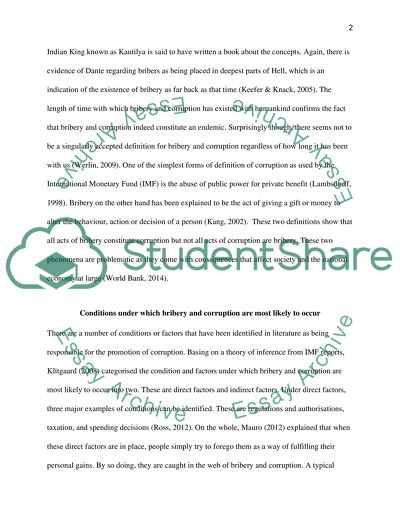Cite this document
(“Bribery and corruption in the public sector Essay”, n.d.)
Bribery and corruption in the public sector Essay. Retrieved from https://studentshare.org/law/1675620-bribery-and-corruption-in-the-public-sector
Bribery and corruption in the public sector Essay. Retrieved from https://studentshare.org/law/1675620-bribery-and-corruption-in-the-public-sector
(Bribery and Corruption in the Public Sector Essay)
Bribery and Corruption in the Public Sector Essay. https://studentshare.org/law/1675620-bribery-and-corruption-in-the-public-sector.
Bribery and Corruption in the Public Sector Essay. https://studentshare.org/law/1675620-bribery-and-corruption-in-the-public-sector.
“Bribery and Corruption in the Public Sector Essay”, n.d. https://studentshare.org/law/1675620-bribery-and-corruption-in-the-public-sector.


